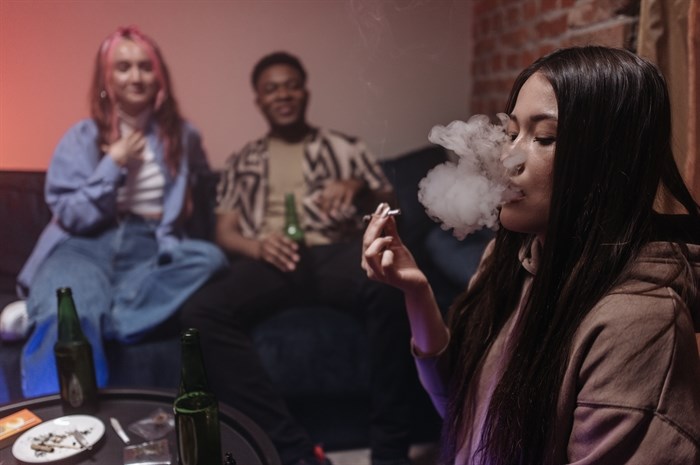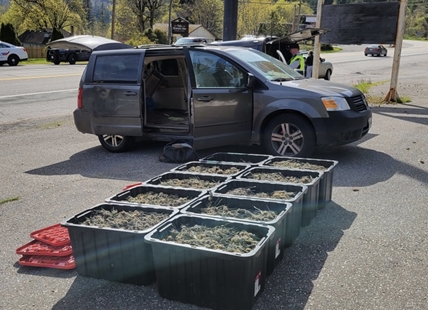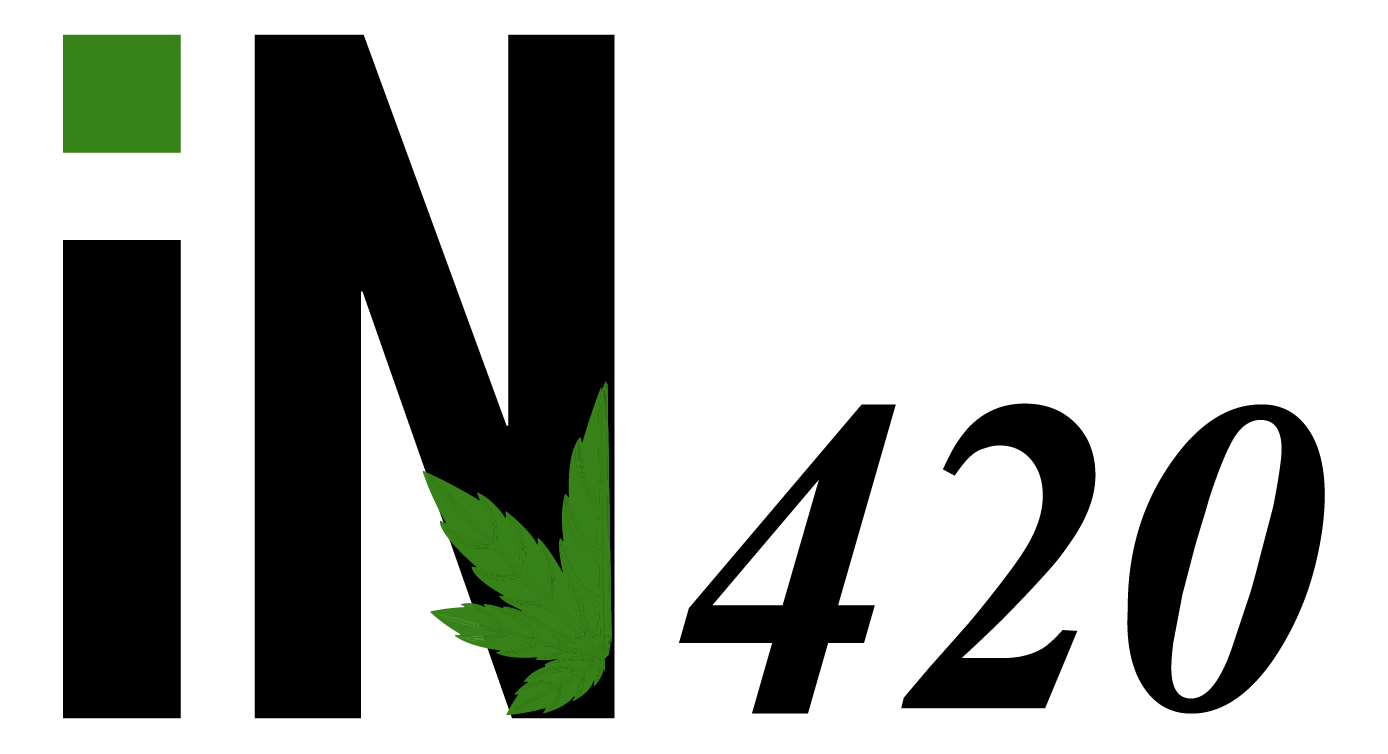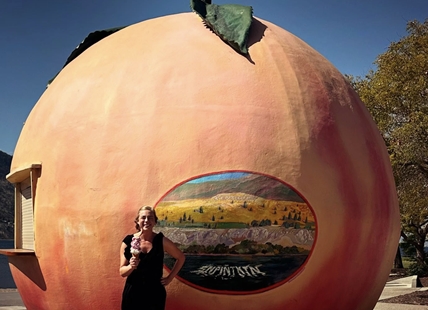For teens who drink and do drugs, here's how to reduce the harm
The 2021-22 Canadian Student Tobacco, Alcohol and Drugs Survey was filled out by 61,096 kids from Grade 7 to 12 — typically 12 to 17 — in all provinces except New Brunswick, which opted out. This is its 11th year collecting data on tobacco, alcohol, cannabis and drug use.
The study also asked kids about their mental health and found that the happier kids were, the less they used substances. Kids who were bullied or were bullies themselves used more substances than their counterparts.
This is the first year researchers asked students to also identify themselves as male, female or transgender, gender diverse and/or questioning students.
For most substances all genders had similar consumption habits, but transgender, gender diverse and/or questioning students jumped ahead of their cis peers when it came to taking illegal drugs or pharmaceuticals to get high.
Female students reported higher rates of alcohol use and high-risk drinking, and that they more frequently consume sweetened or high-alcohol drinks. When it came to cannabis, gender diverse students also reported the highest rates of consumption, followed by female and then male students.
Kiffer Card, an assistant professor at the faculty of health sciences at Simon Fraser University, said this study lines up with other research on youth and substances in finding kids are most likely to consume the legal drugs like alcohol, cannabis and nicotine.
Marginalization and unhappiness are common risk factors for substance use, says Card, who was not involved in the study.
We know youth, like adults, use substances to cope with stressful situations, to find belonging and inclusion, to relax, to feel like they fit in or just to get high, Card says.
But there are different risks for youth, he says. For example, using alcohol or cannabis at a younger age means a person is more likely to struggle with dependency later in life.
Card noted that younger people, whose brains are still developing, may not yet have the skills to make decisions that line up with their own value.
They also risk stigma and legal consequences if they’re caught with substances, he says.
Alcohol is still, by far, the main substance used by teenagers, with 39 per cent of kids saying they’d drank in the last year. On average kids are trying their first drink at 13 and one in five students reported having five or more drinks at a time, which is considered high-risk drinking behaviour.
Most (38 per cent) got alcohol from a parent or guardian, followed by at a party (18 per cent). And 65 per cent said they could “easily” get alcohol.
Children and teens should be “especially cautious” with alcohol because their brains are still developing, says Adam Sherk, a scientist with the Canadian Institute for Substance Use Research who was also not involved with the Statistics Canada study.
Ethanol, the thing in alcohol that gets us drunk, is classified as a carcinogen by the World Health Organization and exposing developing brains to carcinogens can “turn into a major risk factor towards developing cancer later in life,” he says.
Sherk says to help kids use less alcohol governments should ban alcohol ads, including sponsorship of sports teams, TV ads and on social media platforms where there are no regulations preventing alcohol companies from advertising directly to children. Alcohol company ads glamourize its use and try to convince us that you can’t relax or socialize without their products, he adds.
He also recommends regulators introduce minimum prices for alcohol to make sure drinks are never cheap, prohibit alcohol sales in places like grocery stores, which some provinces already regulate, and maintain alcohol-free places for youth to hang out, like parks, playgrounds and beaches.
One of the most important factors when it comes to teenage substance use is whether parents or trusted adults have talked openly about substances, Card says. “We need to have these difficult conversations and we need to have them early enough.”
If youth are on average having their first drink at 13, then we need to have these conversations starting at 10 or 11, he adds.
The second most-used substance is cannabis, with 18 per cent of kids saying they’d used it in the last year. Kids generally try cannabis for the first time at 14, according to the study.
Most kids smoke weed using a bong, pipe or joint and just over half vape weed. Two out of five kids say it’s easy to access cannabis, but only six per cent said cannabis was easier to access now that it’s legal for adults.
Almost 30 per cent of students have tried an electronic cigarette and 17 per cent have used one in the last month. E-cigarettes do not always contain nicotine.
Newfoundland and Labrador had the highest rates of recent e-cigarette use followed by Saskatchewan.
Kids said they used e-cigarettes equally because they wanted to relax or they were addicted, followed by because they enjoy it and wanted to get nicotine high.
The most popular vape flavours are fruit and candy and more than half of kids said it would be “fairly easy” to get a vape, with or without nicotine in it.
Kids are still smoking cigarettes, with 14 per cent saying they’d tried smoking at least once. Only two per cent of kids said they currently smoked, with gender diverse kids reporting smoking more than girls and boys did.
More than half of students said it would be “fairly easy” to get a cigarette, versus one-quarter who thought it would be difficult.
Transgender, gender diverse and/or questioning students not only reported higher use than their cis peers as far as taking illegal and pharmaceutical drugs, but this difference was especially notable for hallucinogens, glue or gas, stimulants and sleeping medication.
This was especially true for hallucinogens, glue or gas, stimulants, pharmaceuticals and sleeping medication.
The report says “the weighted results represent over two million Canadian students.”
Based on the research responses, about 16,000 children and youths used heroin, 18,000 used amphetamines and 32,000 used cocaine, all likely to be toxic in the current poisoned drug crisis. The BC Coroners Service reported 34 toxic drug deaths last year in people 18 and under.
Card says this reflects research that shows there’s a number of reasons people use drugs. The more marginalized and isolated a teenager might feel the more likely they are to try substances, he says.
Kids learn about drugs in a number of ways. School programs can range from strategies that try to scare kids (research shows this creates stigma and doesn’t prevent drug use) or introduce age-appropriate materials and resources about drugs and addiction (like the University of Victoria’s iMinds or the Vancouver School Board’s Substance Use Health Promotion Initiative).
Sherk also points to Canada’s drinking guidelines which help people identify the risks associated with the amount they drink weekly.
Public health messaging has been transitioning to facts-based, informative resources, rather than fear-mongering and there’s lots of public health resources that young people can easily find on the internet, Card says.
He’s worked with youth to help develop the Lower Risk Cannabis Use Guidelines and says guidelines developed by the community for the community are the most effective.
Teenagers are also doing their own research on social media, talking with their peers and getting information from Reddit discussions, he adds.
“Many young people are incredibly savvy,” Card says. “They’re highly informed and are aware and thoughtful about the risks they take on.”
Sherk says that’s true with most substances, but not alcohol. Because alcohol is so common in our society people often overlook its health impacts. He recommends youth and adults alike use substances with intent, not just because everyone else is doing it.
As a final strategy to protect youth, Card recommends revisiting punitive policies around substances. They may discourage kids who have never used that substance, but also stigmatize, alienate and further marginalize people who have complex reasons for using substances, he says.
Rather than judging and portraying youth as “deviant substance users” we should look at them as whole people and work to provide holistic care that co-ordinates health care, school, parents, mental health, finances and more, he says.
“Otherwise we’ll just punish kids who are already marginalized.”










